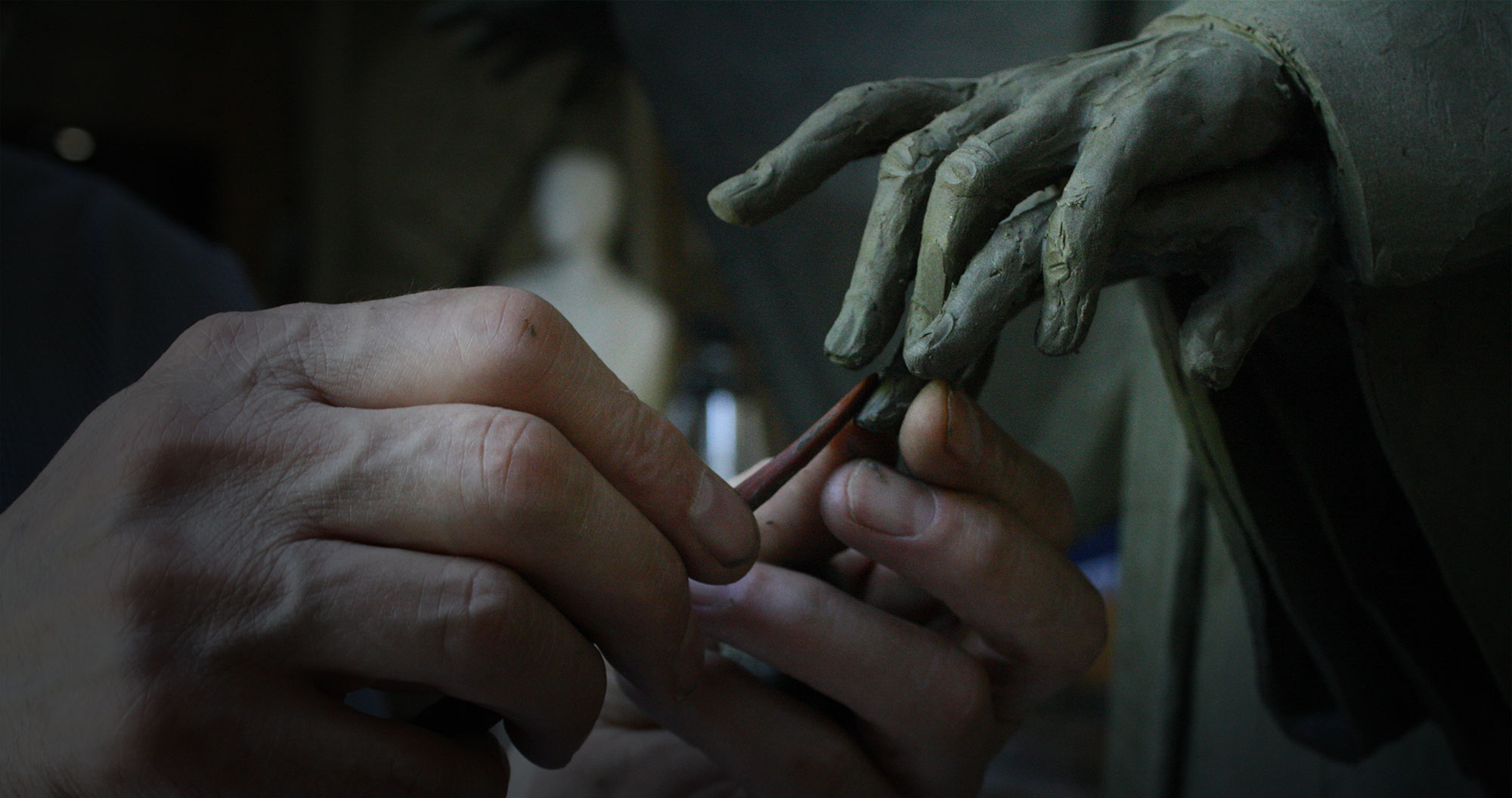There are two main components of the plastic research di Paolo Borghi. From the one hand, a sensitivity to classical results in forms that are smooth and precise, carefully collected in the borders of their own perimeters. On the other, a vocation anticlassica ancestry baroque and art nouveau, which is expressed in a unique and continuous image and, through forcing the enclosure, it dissipates in the swelling, tension, and dynamics. The distinction between the finite and the infinite, then, is subtle, and ambiguous. The one pour in the other in a surprised metamorphosis. Apollo and Daphne 1987, is, in this sense, one of the most significant works of Villages. The relationship with the mythology, the reinterpretation of the Greek myth and bernini, indicates a stubborn desire to “exit from the Twentieth century”, to use the expression with which Stefano Zecchi opens his essay The beauty. Therefore a return to classicism, mediated mainly by De Chirico and alberto Savinio, where the emblems of traditional grace cancel ideally those of modern anti-lovely.
But, beyond this allusion theoretical, Apollo and Daphne, express above all the idea of metamorphosis. Dafne, that is reached by Apollo, changes into a laurel, the symbol of matter, which, touched by the artist, leaves emerge within their own nature, nature, vegetable, and mineral. So the categories rationally that we apply to things, the division of the genera and of the kingdoms, it no longer makes sense, if not conventional. The forest of bronze, from which rids the body of Apollo; the garden of the earth, which is woven the robe of the goddess; the stone that blends with the embrace of the cosmic couple; the ride breaking in the architecture of the rock are aspects of the same substance, the universal breath that it is difficult to decouple. And useless. This reveals the enigma of the hour, the sculptor and philosopher. Which it remains to grant its innate sense of color with this revelation, combining the whiteness of the marble, and the ochre tones and blonde of the lands, the green algae of the bronzes, and the secrets of the patinas and temperatures. In recent works the register of the narrative of the Villages has gradually abandoned the measure of the grace (as well as the use of irony, which is the dimension equal and opposite) approaching the threshold of an epic more dramatic, more and more tense. But this tension, instead of the aggravation in scompostezze exterior, resolves into the skin of each piece of work, mixing up the wave motion of the bodies with the collapse of the ravines, the anxiety of the foliage of the trees with that of the crown of women, the rise of the members with the climb of the shrubs. The expressive tension, then, is not identified with the deformation, but with the elusiveness. The elusiveness of matter and form, that is then the elusiveness of life itself.
Elena Pontiggia
